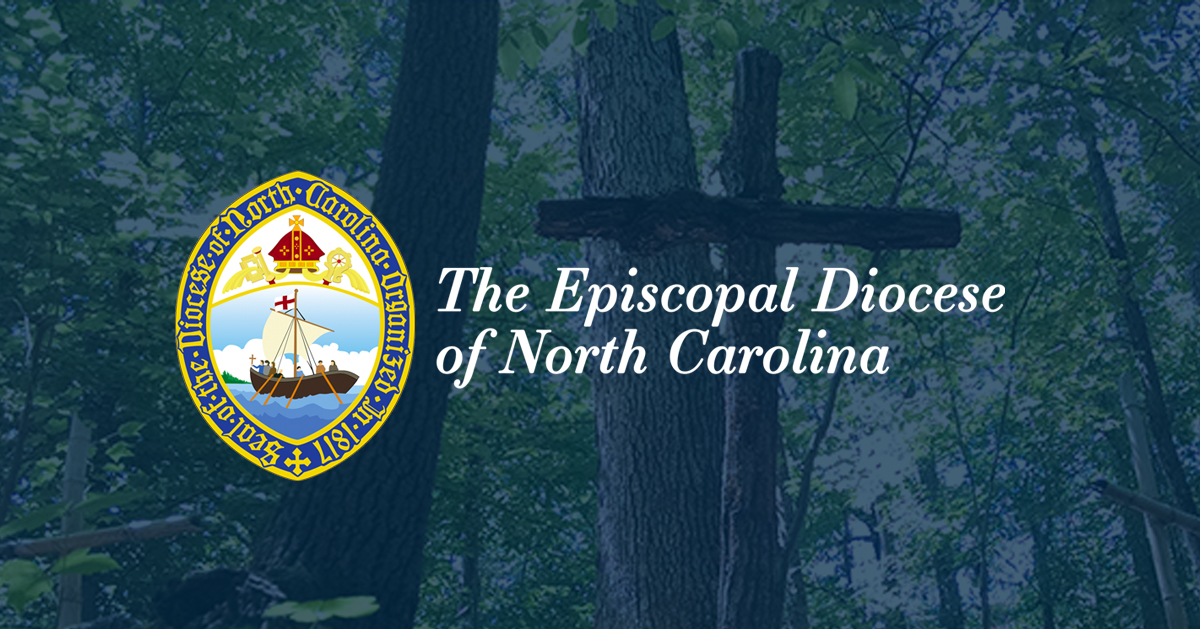CAMINANDO WITH JESUS: Two Images of Mary

In the sixth month the angel Gabriel was sent by God to a town in Galilee called Nazareth, to a virgin engaged to a man whose name was Joseph, of the house of David. The virgin’s name was Mary. And he came to her and said, “Greetings, favored one! The Lord is with you.” But she was much perplexed by his words and pondered what sort of greeting this might be. The angel said to her, “Do not be afraid, Mary, for you have found favor with God. And now, you will conceive in your womb and bear a son, and you will name him Jesus. He will be great, and will be called the Son of the Most High, and the Lord God will give to him the throne of his ancestor David. He will reign over the house of Jacob forever, and of his kingdom there will be no end.” Mary said to the angel, “How can this be, since I am a virgin?” The angel said to her, “The Holy Spirit will come upon you, and the power of the Most High will overshadow you; therefore the child to be born will be holy; he will be called Son of God. And now, your relative Elizabeth in her old age has also conceived a son; and this is the sixth month for her who was said to be barren. For nothing will be impossible with God.” Then Mary said, “Here am I, the servant of the Lord; let it be with me according to your word.” Then the angel departed from her.
The city of Nazareth has two separate traditions around the story of the Annunciation. In one, the version that is most popular in Western Christianity, Mary was at prayer in her parent’s home, devotedly reading the scriptures and contemplating the mystery of God when the angel appeared with news of the incarnation. In this tradition, Mary is – even before the angel Gabriel appeared – a perfect symbol of prayerful contemplation, and a most suitable subject for such an amazing invitation. The other tradition is found most often in Eastern Christianity. There, Mary was not at prayer but at work at the well, drawing the water that her family would have expected her to bring home each day, a perfect example of thousands of young women all over Israel at the time when Jesus was born. You can see these two traditions in icons and paintings. In western art, Mary is often shown indoors, in a library, kneeling at prayer. In Orthodox icons, the Annunciation shows Mary at the well with a water jar, at work when the angel arrived.
In this season as our advent journey turns towards Bethlehem, may we find ourselves inspired by these two images of Mary the Mother of Our Lord. May we know God through prayer and study so that when God calls, our “yes” comes easily. And may we find God in the ordinary and extraordinary parts of our lives, a source of comfort, hope and joy. Amen.
Tags: Caminando with Jesus
